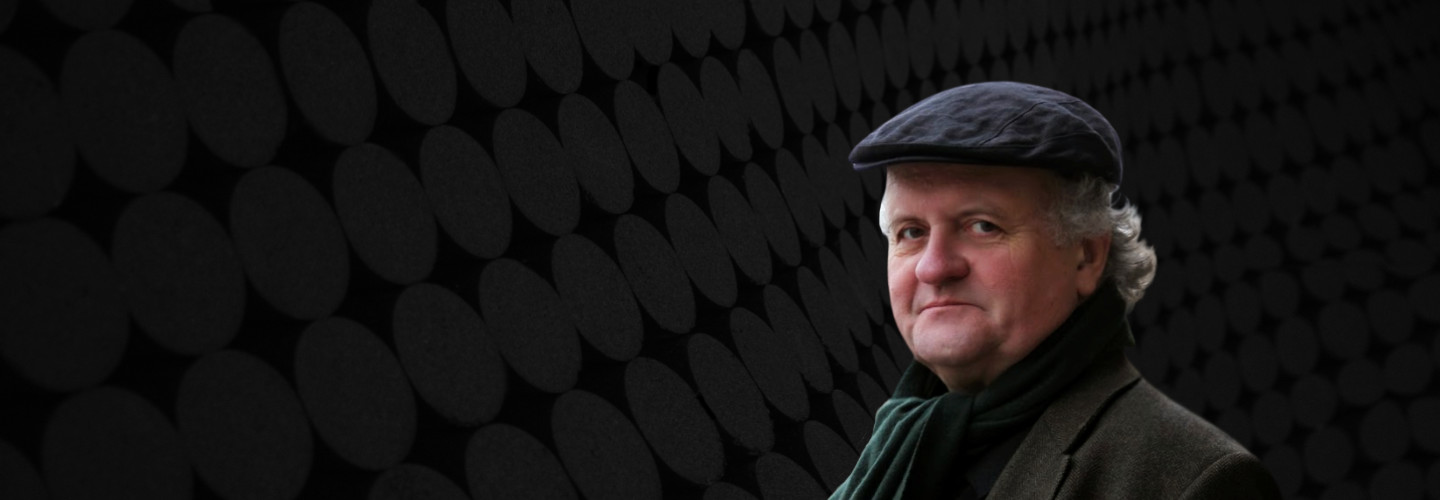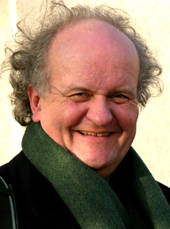

Wolfgang Rihm
Europa nach dem letzten Regen
Short instrumentation: 3 2 3 3 - 4 2 3 1 - timp, perc(3), hp, pno, str
Duration: 48'
Text von: Durs Grünbein
Solos:
soprano
alto
tenor
Instrumentation details:
piccolo
1st flute
2nd flute
oboe
cor anglais
1st clarinet in A
2nd clarinet in A
bass clarinet in Bb
1st bassoon
2nd bassoon
contrabassoon
1st horn in F
2nd horn in F
3rd horn in F
4th horn in F
1st trumpet in C
2nd trumpet in C
1st trombone
2nd trombone
3rd trombone
tuba
timpani
1st percussion
2nd percussion
3rd percussion
harp
piano
violin I
violin II
viola
violoncello
contrabass
Rihm - Europa nach dem letzten Regen for soprano, alto, tenor and orchestra
Printed/Digital
Translation, reprints and more

Wolfgang Rihm
Rihm: Europa nach dem letzten RegenOrchestration: für Sopran, Alt, Tenor und Orchester
Type: Dirigierpartitur

Wolfgang Rihm
Rihm: Europa nach dem letzten RegenOrchestration: für Sopran, Alt, Tenor und Orchester
Type: Studienpartitur (Sonderanfertigung)
Sample pages
Audio preview
Work introduction
An interview with Wolfgang Rihm on "Europa nach dem letzten Regen":
Mr. Rihm, how did you come across Durs Grünbein’s cycle of poems "Europa nach dem letzten Regen"?
For years, I’ve been reading everything Durs Grünbein writes. From the very beginning, his output has been characterized by a passion for form, through which his intellectual depth finds its first concrete expression. I admire that a lot … one important reason is probably that I only acquired the ability to create concise musical forms through a decades-long process of growth.
Anyway, I read the eleven poems of "Europa nach dem letzten Regen" in the collection "Nach den Satiren", and I knew immediately that I could create music to go with these words – because here the form wasn’t manifested in an irrefutably self-contained, closed composition. It seemed to be much rather an open, polymorphic proposition to a responding creative will: it seemed permissible to take up a dialogue.
What connects you with Durs Grünbein? Do there exist stylistic commonalities with Grünbein’s works?
Stylistic commonalities? That’s difficult to define. I myself am certainly not the kind of artist who displays an obvious style. Creations eventually become the sum of their stylistic potentialities, and it will surely be readable as a stylistic sphere by someone on the outside at some point in time. But for me, arriving at a concrete style is never the main motivation for my work. You might be able to compare individual procedures among artists. With Durs Grünbein, I recognize a knowledge, a keen feel for the history of his art. Perhaps I could compare this feel to my own. And neither of us kneels down tied and bound before self-referential, avant-garde principles. But in this respect, poetry was never nearly as dogmatic as was music.
How did you go about approaching the text? Did you perceive it more atmospherically, or did you take your inspiration from specific words, images, et cetera?
I tried to arrive at a sonic plot within which the text could appear distinctly – but not in an "interpreted" manner. Surely there are constellations here and there in which a word in the text orchestrates that which is heard. But the basic decision was to create a linear beauty running throughout, which subconsciously and at only a few places breaks out of the sound and becomes "alienated". Above all, I avoided pounding on the drums when the talk was of destruction. The downright threatening musical moments, on the other hand, tend to open up at the "wrong places" – as if some "remembering substance", no longer entirely possessed or controlled by the individual, had become active.
How did your composition come into being?
The composition came together quickly. I had actually been planning to set these poems for years, just without any particular ideas about the forces I’d use. When I was invited to compose a work for the Sächsische Staatskapelle, I decided to start from these poems. In doing so, I ended up deciding to have the tenor, as the narrating subject, interact with the two female voices, which would be "the substance of memory"; furthermore, I decided to compose one single stretch of music, without individual movements, and to quite consciously confine the orchestral forces to "conventional" limits. At one point while I was working, I wanted to provide each voice with its own little orchestra; later this became individual instruments (piano, accordion, harp), to be placed near each voice – but I gave all that up in order to arrive at the present result.
Why did you decide to compose the work straight through; in other words, to do without pauses between the individual poems?
Starting and stopping eleven times would have broken up the piece too much. Just imagine: folks coughing, squeaking seats, rustling programs and all that each time. Besides which, I wanted to go for a linear unity, in other words, to form an overall melodic flow that sets up tension between the individuality of consciously articulated memory and the historical subconscious. The formula of the beginning, "Spaceless, memory…", a dense, poetic summons formed from a word for constriction and a word for expansion, became a sort of musical ritornello for me; the formula turns up here and there between the poems, and sometimes even within them, as well as at the end. This music has become, if you will, the twelfth poem.
To what extent was your composing influenced by the specific sound of the Staatskapelle, with which you’ve been very well acquainted since their performance of your "Vers une Symphonie fleuve IV"?
Composing for this wonderful orchestra has got to be a singularly inviting pleasure for any composer. The warm strength of tone, the soloist-like presence – you start composing just thinking of it.
Interview conducted by Tobias Niederschlag. (© Sächsische Staatsoper Dresden, 2003)
